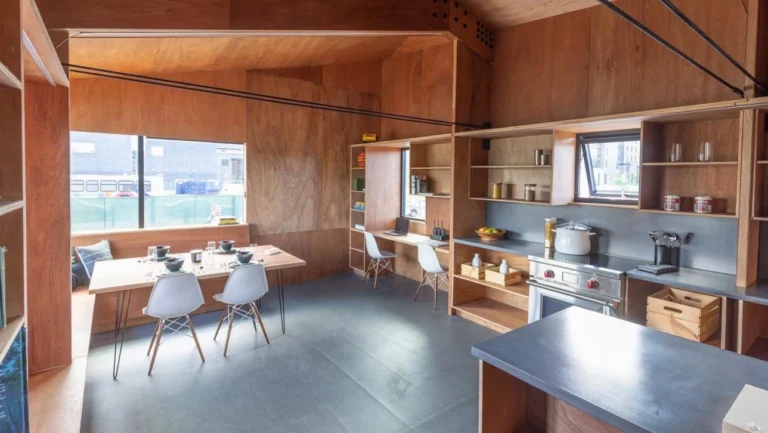Key Takeaways:
- Modern architecture focuses on functional, innovative, and sustainable design.
- Urban living spaces can benefit greatly from modern architectural principles.
- Integration of technology and sustainability are key in contemporary urban design.
- Examples and case studies demonstrate real-life applications of modern architecture in cities.
Introduction to Modern Architecture
Modern architecture has redefined the way we perceive and live in urban spaces. This approach prioritizes functionality, simplicity, and innovation, with roots extending back to the early 20th century. Today, urban dwellers increasingly seek environments shaped by these principles, and the expertise of a Denver Architect can be pivotal in achieving such transformative designs.
Whether in a bustling metropolis or a quieter urban neighborhood, modern architecture enhances quality of life. This style fosters visually striking and exceptionally livable spaces by focusing on functionality and aesthetic appeal.
Key Elements of Modern Architecture
Minimalism and Simplicity
Minimalism is at the heart of modern architecture. It means reducing unnecessary details and using clean, straight lines. It prioritizes open spaces and uncluttered interiors, making rooms feel larger and more inviting.
Use of New Materials and Technologies
Modern architecture leverages new materials such as steel, glass, and concrete, allowing architects to push the boundaries of design. Advances in material science have also introduced sustainable options that align with eco-friendly practices.
Emphasis on Open Spaces and Natural Light
An open floor plan and the strategic use of large windows are hallmarks of modern architecture. These elements enhance the aesthetic appeal and improve functionality by making spaces feel adaptable and airy.
Benefits of Modern Architecture in Urban Living
Enhanced Functionality
Modern architecture offers innovative solutions for maximizing functionality in urban settings where space is often limited. Clever storage solutions, multifunctional furniture, and open floor plans make smaller spaces more usable and efficient.
Sustainability and Energy Efficiency
Eco-friendly design is central to modern architectural principles. Using sustainable materials and energy-efficient technologies reduces environmental impact and lowers utility costs for homeowners.
Aesthetic Appeal
Modern architecture is synonymous with sleek and elegant design. The emphasis on simple, clean lines and contemporary materials enhance visual appeal, contributing to the overall beautification of urban areas.
The Role of Technology in Modern Architecture
Technology is crucial in modern architecture, driving innovation and enhancing living experiences. Smart homes with IoT (Internet of Things) devices offer unparalleled convenience. Additionally, advanced construction techniques enable the creation of more adaptable and sustainable structures.
How to Incorporate Modern Design in Your Urban Space
For those looking to introduce modern architectural elements into their urban living spaces, consider these practical steps:
- Consult with Professionals: Working with experienced architects ensures tailored and effective design solutions.
- Focus on Functionality: Prioritize design elements that enhance the usability and versatility of your space.
- Choose Sustainable Materials: Opt for eco-friendly materials and energy-efficient solutions.
- Adopt Minimalism: Embrace a minimalist approach to create a more refined look.
- Incorporate Technology: Utilize smart technology to create a more efficient living environment.
Conclusion
Modern architecture brings numerous benefits to urban living spaces, from enhanced functionality and sustainability to aesthetic appeal. By incorporating these principles, homeowners and urban dwellers can create environments that are beautiful and highly livable. Whether upgrading an existing space or planning a new project, adopting modern architectural elements can significantly enhance your living experience.






